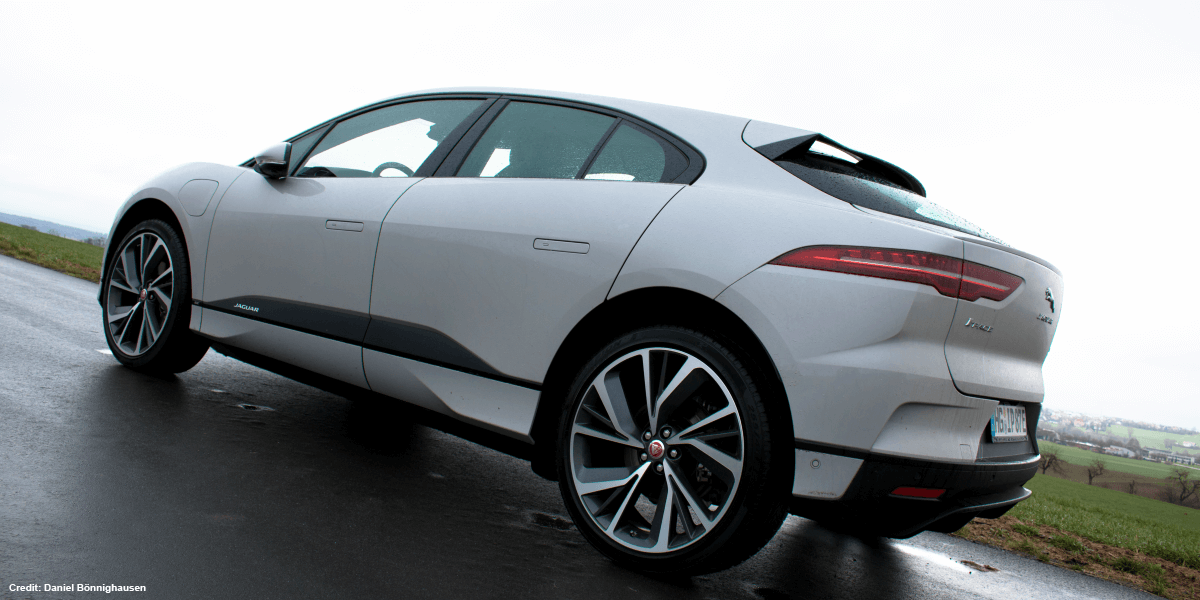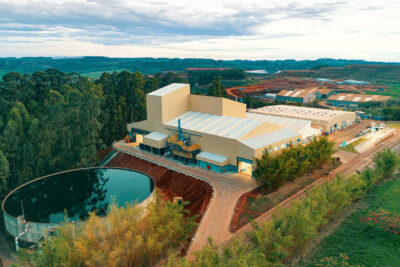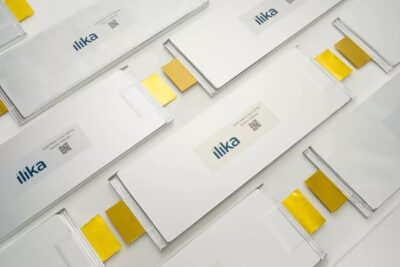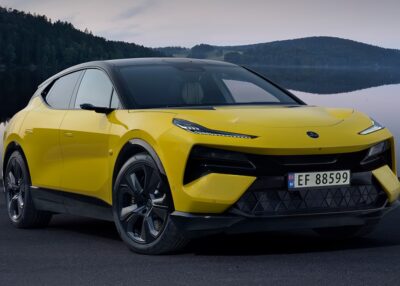Warwick Uni gives Jaguar I-Pace batteries 2nd Life
Researchers from Warwick University have succeeded in repurposing Jaguar I-Pace batteries as a small energy storage system. Each unit contains about 2 kWh energy capacity, and can power “a small shop, a farm, or multiple residential homes,” claims the team.
The researchers from Warwick University faced several challenges in preserving the used Jaguar batteries to retain their charge capacities. Among other things, the lithium-ion cells had to be protected from over-charge and discharges. The researchers also thought to make the battery system compatible with other used battery cells and modules from different manufacturers, as well as creating a management interface for ease of use.
Professor James Marco, the initiative’s lead researcher, sees much potential in second-life batteries for off-grid energy storage, particularly for small-scale use such as in developing countries or isolated communities. He explains: “When an electric vehicle’s battery reaches the end of its useful life it is by no means massively depleted. (…) It is generally accepted that an EV battery has reached the end of life when its capacity drops to 80% of a fresh battery. While this is no longer enough to satisfy drivers, it remains immensely useful for anyone who seeks to use the battery in a static situation.”
Now the research unit will focus on the further development of the small ESS (Energy Storage System), as well as testing in remote locations. To this end, Professor Marco has already asked for support. The research project so far was part of the Innovate UK funded Project: 2nd hEVen (2nd-Life Energy Storage Systems) and is supported by the WMG High Value Manufacturing (HVM) Catapult and Jaguar Land Rover of course. The latter supplied batteries and components from the Jaguar I-PACE, while the team designed a new Battery Management System (BMS) and packaging that allowed them to create a working and easily portable prototype ESS.
Additional reporting by Nora Manthey.





0 Comments